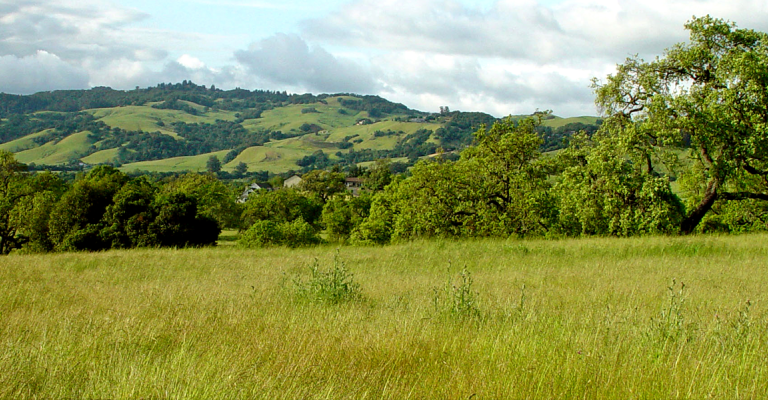Service-Learning in Criminology & Criminal Justice
Service-learning activity usually falls into two categories
Type 1: Teaching/tutoring/sharing knowledge from the class.
Example: Students at the College of Wooster in Wooster, Ohio, partnered with a local juvenile detention center in providing guidance for underfunded activities for residents. The partner requested an art project and the university students came up with the idea to do a mask project. As the students and residents sat together decorating their masks they were able to share stories about college life and being incarcerated. A student noted in a journal entry, “I would never have thought that these kids would have as much potential as I saw in that room. I realize that some of them are just tough and immature kids, but some are the products of a society that they did not choose…I was expecting a bunch of punks and I came out with a new respect for what they have had to deal with all their lives.” The students “provided the residents with a healthy outlet, a larger perspective, and a sense that they had not been forgotten.” Both the students and the residents “learned that they were not significantly different from one another.” The service-learning project ended up “ ‘giving a face to the faceless’.” 2
Type 2: Using information from the class to do something with/for a community organization.
Example: Criminal justice students at Widener University in Chester, Pennsylvania, took part in a service-learning program that “served youth detained at a county juvenile detention center, and youth assigned to probation.” Both the detention center and the probation office serve a “predominantly urban, minority, low-income youth population.” The university students went to training sessions which “focused on understanding the backgrounds, experiences and perspectives of the youth including such issues as growing up in resource-poor neighborhoods (i.e., the impact on education, the availability of drugs, social norms), peer pressure, and psychological issues (i.e. abandonment, depression, and anger). The students and the youth bonded over tutoring sessions, games, recreational time, and discussions.” One student reflected, “I really believe we made a difference. If more people cared then juveniles would know the importance of an education.” 3
Please contact [email protected] for more information.
1 Hamner, Doris. Building Bridges: The Allyn & Bacon Student Guide to Service-Learning. Pearson, 2001. Print.
2 Nurse, A., Krain, M. “Mask Making: Incorporating Service Learning into Criminology and Deviance Courses.” Teaching Sociology Vol. 34 2006.
3 Hirschinger-Blank, N. and Markowitz, M. “An Evaluation of a Pilot Service-Learning Course for Criminal Justice Undergraduate Students.” Journal of Criminal Justice Education Vol. 17, No.1 (2006): 69-86. Print.


